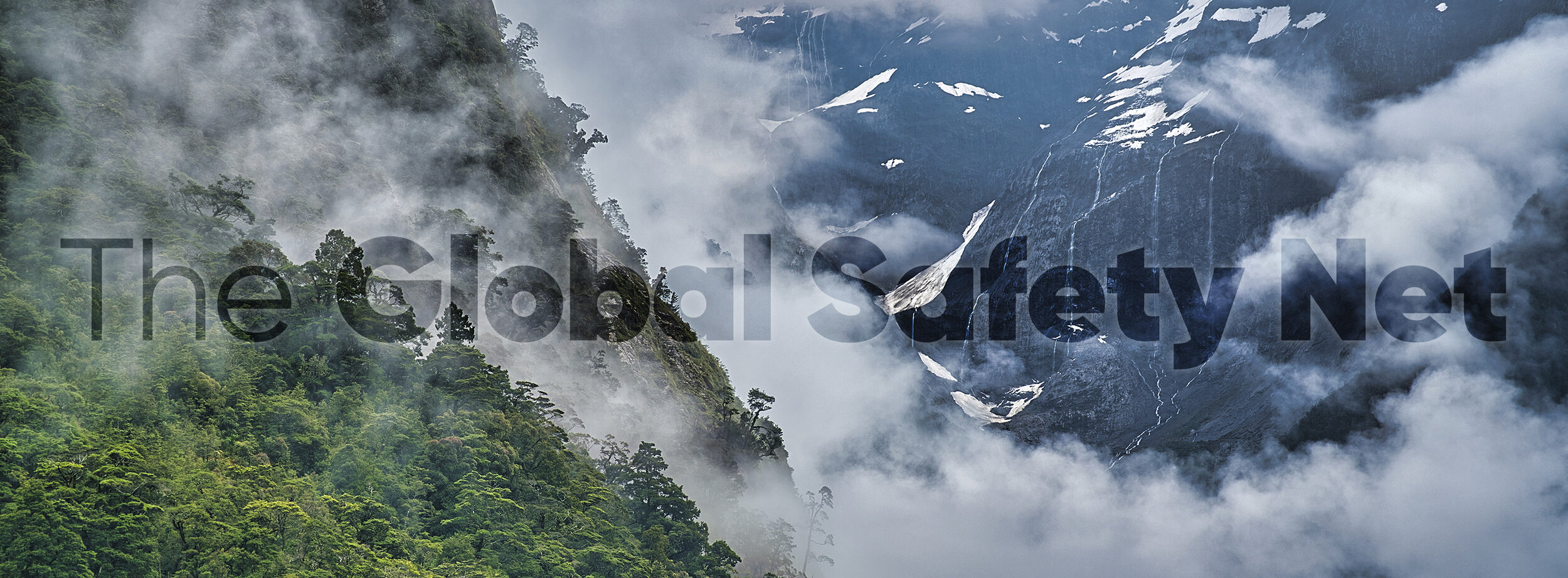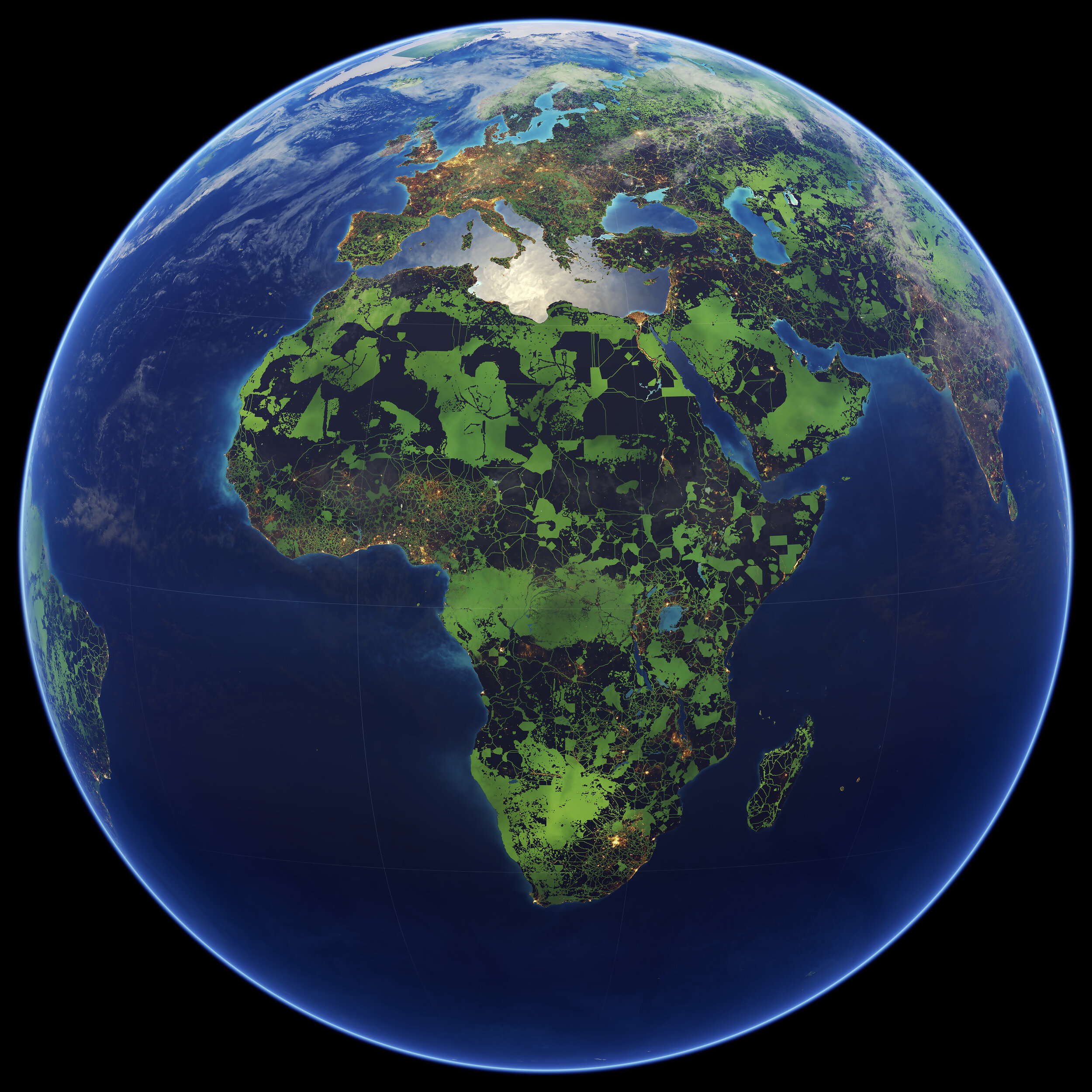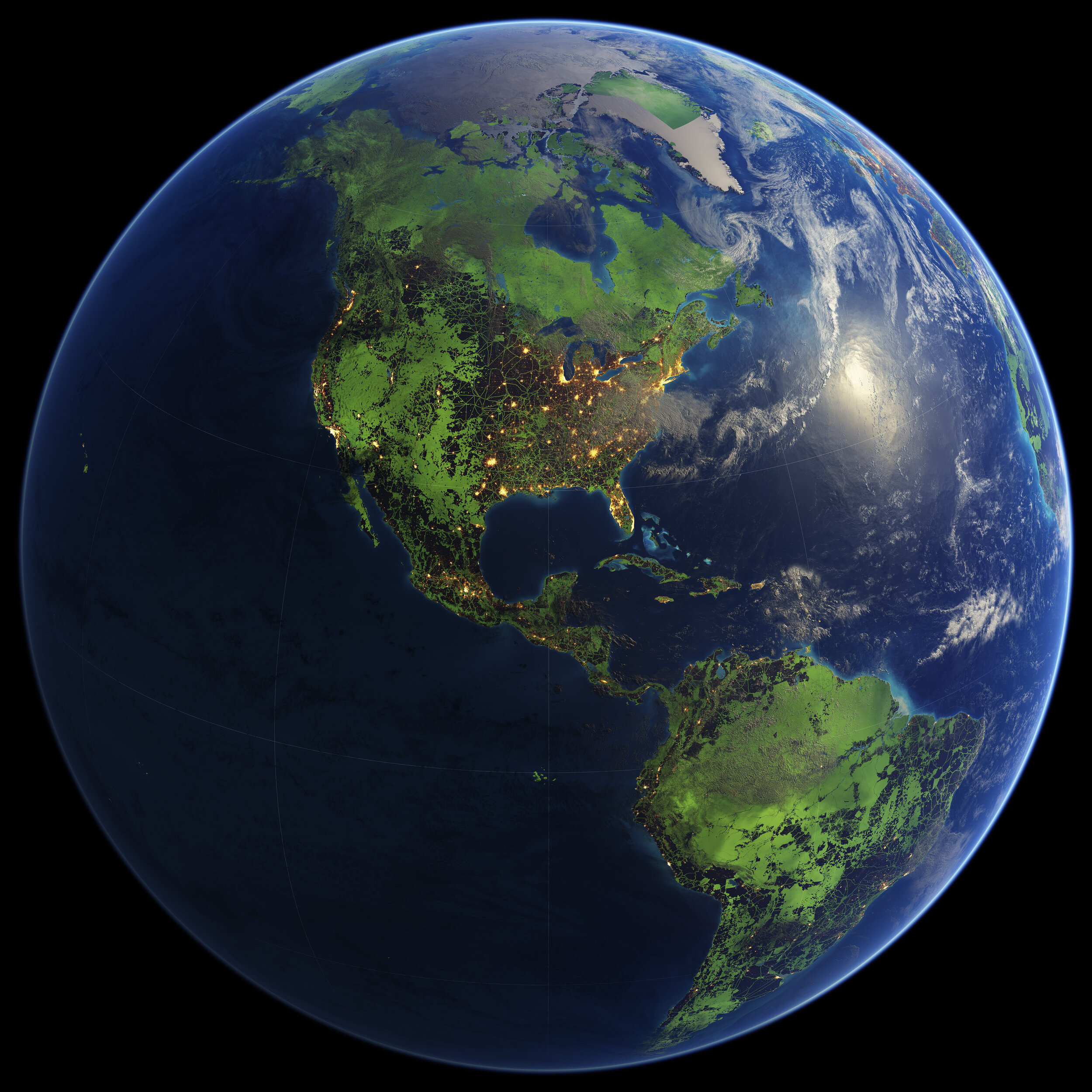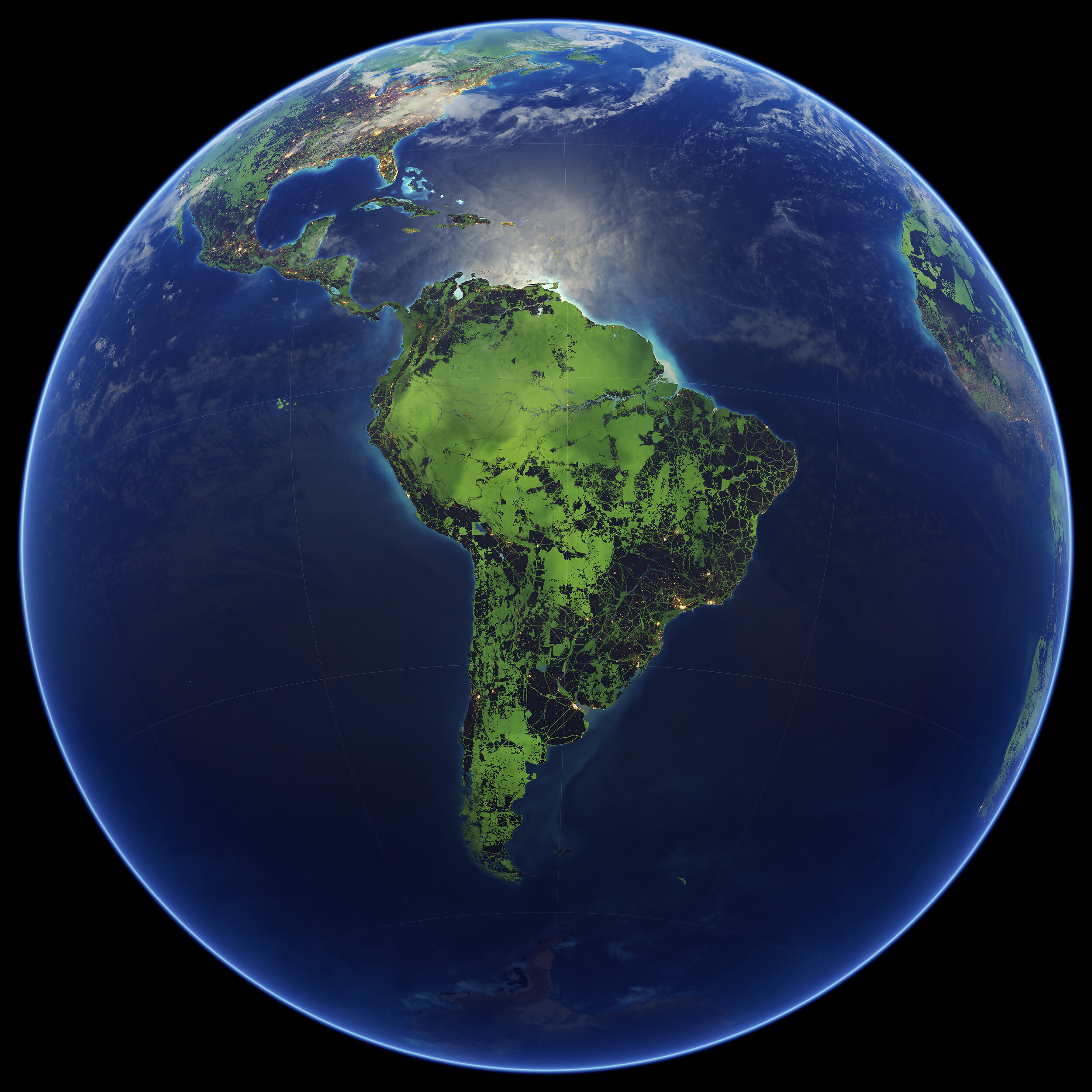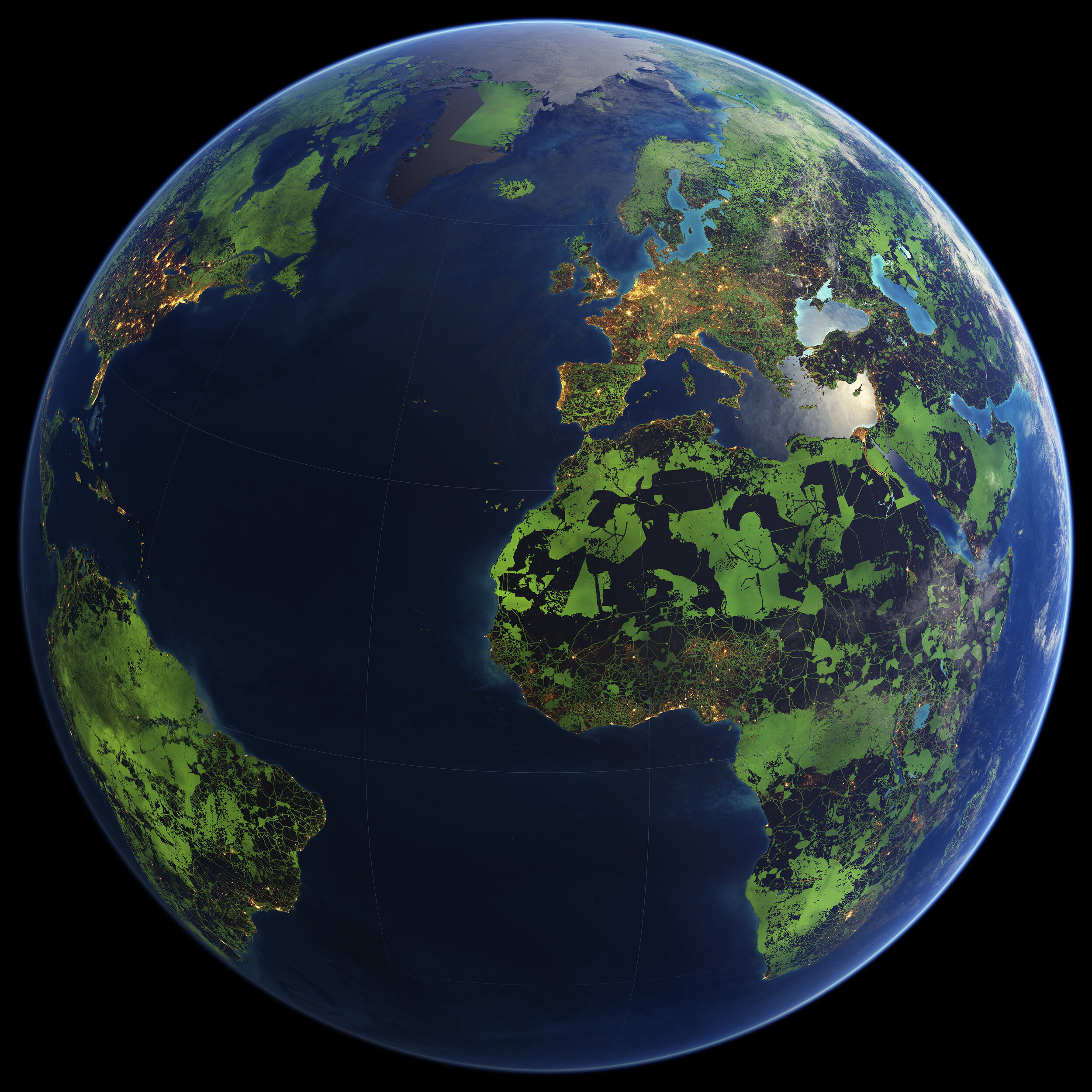
🌎🌿
One Earth | Resolve
Global Safety Net
The Global Safety Net has been given an Honorable Mention in the AI & Data category as part of Fast Company's World Changing Ideas Awards 2021. Now in its fifth year, these awards honor products, concepts, companies, policies, and designs that are pursuing innovation for the good of society and the planet.
Three years in development, the first version of the Global Safety Net (GSN1) brings together the World Database on Protected Areas with 11 leading conservation priority frameworks, additively compiled into five main geospatial layers — species rarity sites, distinct species assemblages, large mammal assemblages, intact/remote land areas, and additional carbon storage areas — totalling approximately 50% of the terrestrial surface. An additional analysis identifies potential connectivity areas, which would enable species to be more resilient as the planet warms to 1.5°C in global average temperature rise.
Abstract
Global strategies to halt the dual crises of biodiversity loss and climate change are often formulated separately, even though they are interdependent and risk failure if pursued in isolation. The Global Safety Net maps how expanded nature conservation addresses both overarching threats. We identify 50% of the terrestrial realm that, if conserved, would reverse further biodiversity loss, prevent CO2 emissions from land conversion, and enhance natural carbon removal. This framework shows that, beyond the 15.1% land area currently protected, 35.3% of land area is needed to conserve additional sites of particular importance for biodiversity and stabilize the climate. Fifty ecoregions and 20 countries contribute disproportionately to proposed targets. Indigenous lands overlap extensively with the Global Safety Net. Conserving the Global Safety Net could support public health by reducing the potential for zoonotic diseases like COVID-19 from emerging in the future.
The level of planning and foresight that is needed to properly scale nature conservation requires the emergence of a worldview that embraces the notion of stewardship at a planetary scale. Decades after the famous motto “think globally, act locally” was coined, the Global Safety Net offers a possible solution to today’s converging socioecological crises, from local to global. Human societies are late in the game to rectify impending climate breakdown, massive biodiversity loss, and, now, prevent pandemics. The Global Safety Net, if erected promptly, offers a way for humanity to catch up and rebound.
WEBSITE: globalsafetynet.app
PAPER: Science Advances | DOI: 10.1126/sciadv.abb2824
CITATION: E. Dinerstein, A. R. Joshi, C. Vynne, A. T. L. Lee, F. Pharand-Deschênes, M. França, S. Fernando, T. Birch, K. Burkart, G. P. Asner, D. Olson, A “Global Safety Net” to reverse biodiversity loss and stabilize Earth’s climate. Science Advances, Vol. 6, No. 36, eabb2824 (2020).
This research uses the Global Deal for Nature as a guiding framework.
Piopiotahi, Aotearoa
Several key facets of our planetary homeworld are visually intertwined in this picture — the atmosphere, the hydrosphere, the cryosphere, the lithosphere and the biosphere. Also visible are biodiversity (represented by forests) and climate change (melting glaciers). This delicate and dynamic balance is at stake. It is a pivotal moment for life on Earth and for human societies. A stable and resilient planet is every child’s birthright. What we, individually and collectively, choose to do (and not to do) in the next 50 years will determine the next 10,000 years. The Global Safety Net is a step towards what David Grinspoon calls “Planetary Changes of the Fourth Kind” — a transition from the accidental and unintended transformation of our planet’s ecosphere and evolution towards a form of planetary stewardship and planetary sapience, involving diverse worldviews and embracing such inclinations and values as cooperation, foresight, science, empathy and wisdom.
FIGURE 1
Areas of the terrestrial realm where increased conservation action is needed to protect biodiversity and store carbon.
Numbers in parenthesis show the percentage of total land area of Earth contributed by each set of layers. Unprotected habitats drawn from the 11 biodiversity data layers underpinning the Global Safety Net augment the current 15.1% protected with an additional 30.6% required to safeguard biodiversity. Additional Climate Stabilization areas add a further 4.7% of the terrestrial realm. Also shown are the Wildlife and Climate corridors to connect intact habitats (yellow lines).
FIGURE 2
Interdependence of carbon and biodiversity.
Currently unprotected high carbon areas with median total carbon > 215 metric tons/ha overlap extensively (92.0%) with areas selected under Target 1, highlighting the importance of these lands for biodiversity conservation and climate stablization. Other areas important for biodiversity but of lower carbon value, i.e. < 215 metric tons/ha, are also shown. Additional Climate Stabilization Areas (CSA), including Tier 1 and Tier 2 CSAs, are also selected to bridge the gap for adequate carbon storage beyond areas identified in Target 1.
A Global Safety Net for Biodiversity, Climate and Humanity
GSN1 | Alternative colors (centered on Africa and Europe)
GSN1 | Alternative colors (centered on East Asia and Australia)
GSN1 | Alternative colors (centered on the Americas)
Reference map.
Earlier material developed under the umbrella of
Leonardo DiCaprio Foundation.
Globaïa has created numerous globe views to help evaluate and assess available datasets.
🌎🦋
Conservation Imperatives (2024)
Dinerstein E, Joshi AR, Hahn NR, Lee ATL, Vynne C, Burkart K, Asner GP, Beckham C, Ceballos G, Cuthbert R, Dirzo R, Fankem O, Hertel S, Li BV, Mellin H, Pharand-Deschênes F, Olson D, Pandav B, Peres CA, Putra R, Rosenthal A, Verwer C, Wikramanayake E and Zolli A. Conservation Imperatives: securing the last unprotected terrestrial sites harboring irreplaceable biodiversity. Frontiers in Science (2024) 2:1349350. doi: 10.3389/fsci.2024.1349350
Abstract
Ambitious biodiversity goals to protect 30% or more of the Earth’s surface by 2030 (30x30) require strategic near-term targets. To define areas that must be protected to prevent the most likely and imminent extinctions, we propose Conservation Imperatives—16,825 unprotected sites spanning ~164 Mha of the terrestrial realm that harbor rare and threatened species. We estimate that protecting the Conservation Imperatives would cost approximately US$169 billion (90% probability: US$146—US$228 billion). Globally, 38% of the 16,825 sites are either adjacent to or within 2.5 km of an existing protected area, potentially reducing land acquisition and management costs. These sites should be prioritized for conservation action over the next 5 years as part of a broader strategy to expand the global protected area network. The expansion of global protected areas between 2018 and 2023 incorporated only 7% of sites harboring range-limited and threatened species, highlighting a renewed urgency to conserve these habitats. Permanently protecting only 0.74% of land found in the tropics, where Conservation Imperatives are concentrated, could prevent the majority of predicted near-term extinctions once adequately resourced. We estimate this cost to be from US$29 billion to US$46 billion per year over the next 5 years. Multiple approaches will be required to meet long-term protection goals: providing rights and titles to Indigenous Peoples and Local Communities (IPLCs) conserving traditional lands, government designation of new protected areas on federal and state lands, and land purchase or long-term leasing of privately held lands.
Key points
There is an urgent need to prioritize the conservation of habitats of rare and threatened species as part of a larger global biodiversity strategy.
Conservation Imperatives offer a solution to conserving the last unprotected sites harboring rare, range-restricted, and threatened species and should be a central component of the ambitious goals to protect at least 30% of the Earth’s surface by 2030.
The Conservation Imperatives identified in this study are highly concentrated, requiring only ~164 Mha globally to avoid extinctions; this equates to only 1.22% of the Earth’s entire terrestrial surface and 0.74% of land in the tropics.
Targeted investments to prevent extinctions in parallel with the conservation of carbon-rich regions are necessary as the world sets about expanding the protected area network from 15.7% today to 30% by 2030.
Conserving Conservation Imperatives is achievable and affordable, especially in the tropics, as the purchase of the tropical subset of Conservation Imperatives costs about US$169 billion (90% probability: US$146–US$228 billion), or US$34 billion (90% probability: US$29.2–US$45.6 billion) per year over 5 years.
As Conservation Imperatives represent the most biologically important and threatened places to protect, they can be thought of as “anchor points” to design regional-scale conservation planning efforts under 30×30.
Global distribution of the unprotected species rarity sites (red area) across predominantly forested habitat (green) and non-forested habitat (yellow), with non-habitat areas (grey) removed from previously designated species rarity sites, covering 1.22%. Non-habitat areas include land classified as urban, agricultural, and degraded.
Expansion of protection in species rarity sites in World Database on Protected Areas (WDPA) between 2018 and 2023 after overlaying the fractional land cover. Green polygons show unprotected species rarity sites that have gained protection between 2018 and 2023, representing only 7% of the global increase in protection coverage. Magenta polygons represent sites that remain unprotected in 2023.
The 10 ecoregions in each realm containing the highest number of Conservation Imperatives.


